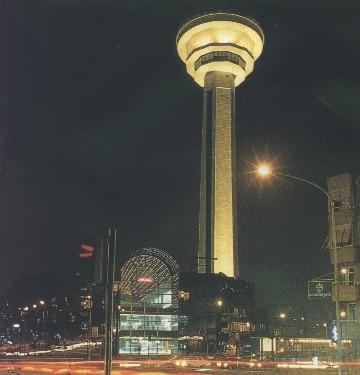Ankara
|
The city of Ankara lies in the center of Anatolia on the eastern edge of the great, high Anatolian Plateau, at an altitude of 850 meters. It is the center of the province with the same name, which is a predominantly fertile wheat steppeland, with forested areas in its northeast region. It is bordered by the provinces of cankiri and Bolu to the north, Eskisehir to the west, Konya and Aksaray to the south, and Kirikkale and Kirsehir to the east. The region's history goes back to the Bronze-Age Hatti Civilization, which was succeeded in the 2nd millenium B.C. by the Hittites, then the Phrygians (10th century B.C.); Lydians and Persians followed. After these came the Galatians, a Celtic race who were the first to make Ankara their capital (3rd century B.C.). It was then known as Ancyra,meaning 'anchor' (which is one of the oldest words in the language of the sea-loving Celts). The city subsequently fell to the Romans, Byzantines, and Seijuks under Alpaslan in 1073, and then to the Ottomans under Yildirim Beyazit in 1402, who remained in control until World War I.
|

|
|
The city, an important cultural, trading, and arts center in Roman times, and an important trading center on the caravan route to the east in Ottoman times, had declined in importance by the 19th century. It again became an important center when Kemal Ataturk chose it as the base from which to direct the War of Liberation. By consequence of its role in the war and its strategic position, it was declared the capital of the new Turkish Republic on October 13,1923.
|
 
This site prepared by Tayfun Kalyoncu on 28.02.1997 and last updated on 13.05.1999.
For any coments and suggestion please send an e-mail to tayfun@about-turkey.com
|



